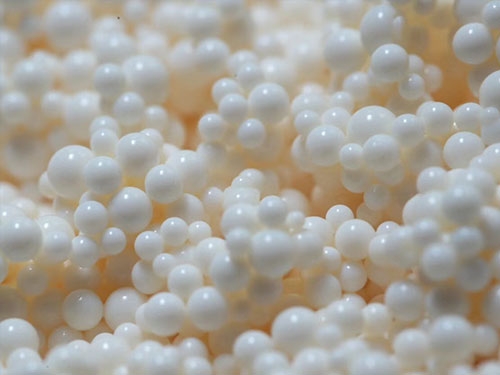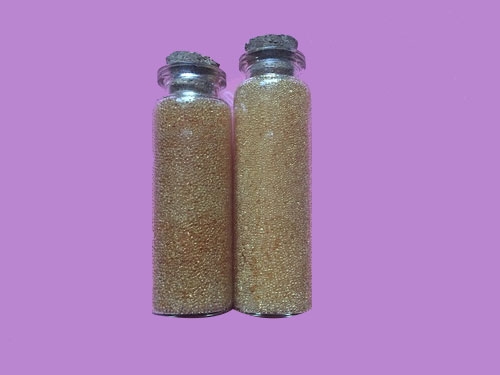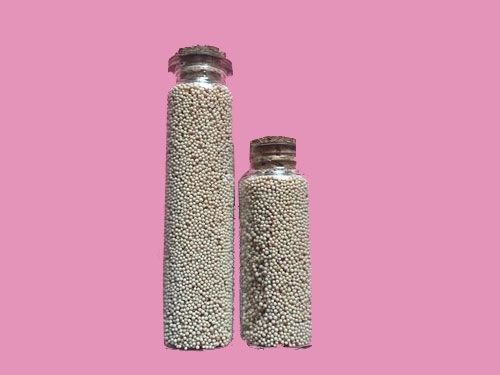Ion exchange resins are mainly used in power plants to remove impurity ions from boiler water.

Cation exchange resin adsorbs the main Ca2 + and Mg2 + ions in water, and H + is replaced. Resin regeneration requires adding strong acid to replace Ca2 + and Mg2 + ions on exchange resin.

Anion exchange resin adsorbs the main Cl-and CO32-, SO42-(of course, this part of the ion in water is a small amount). OH-is replaced. Resin regeneration requires adding strong alkali to make OH-displaced anions on the exchange resin.

Of course, different regenerants are needed for specific resin types, and different resins are used according to different types of production.
Ion exchange principle
When ion exchange resin is used in water treatment, ion exchange resin can exchange some ions with symbolic charges in water to purify water.
For example, when H-type cation exchange resin encounters water containing Ca2+, Na+, the following reactions occur:
2RH+Ca2+R2Ca
+ 2H+
RH+Na+RNa+H+
When OH anion exchange resin encounters water containing Cl-, SO42-, its reaction is as follows:
ROH+Cl-RCl+OH-
2ROH+SO42-R2SO4+2OH-
The result of the reaction is that the impurity ions (Ca2+, Na+, Cl-, SO42-etc.) in water are absorbed on the resin respectively. The resin is changed from H-type and OH-type to Ca-type, Na-type and Cl-type SO4-type. The H+, OH-on the resin enter the water and combine with each other to form water, thus removing impurity ions in the water and producing pure water.
H++ OH-H2O
The principle of ion exchange regeneration is an inverse reaction process.
It is to regenerate the anion resin with relative concentration of acid and alkali. The regeneration solution of the anion resin is HCl solution with 4% concentration and NaOH solution with 4% concentration. The regeneration reaction is as follows:
Anodic resin: R2Ca + 2HCl 2RH + CaCl2
Anion resin: RCl + NaOH ROH + NaCl
